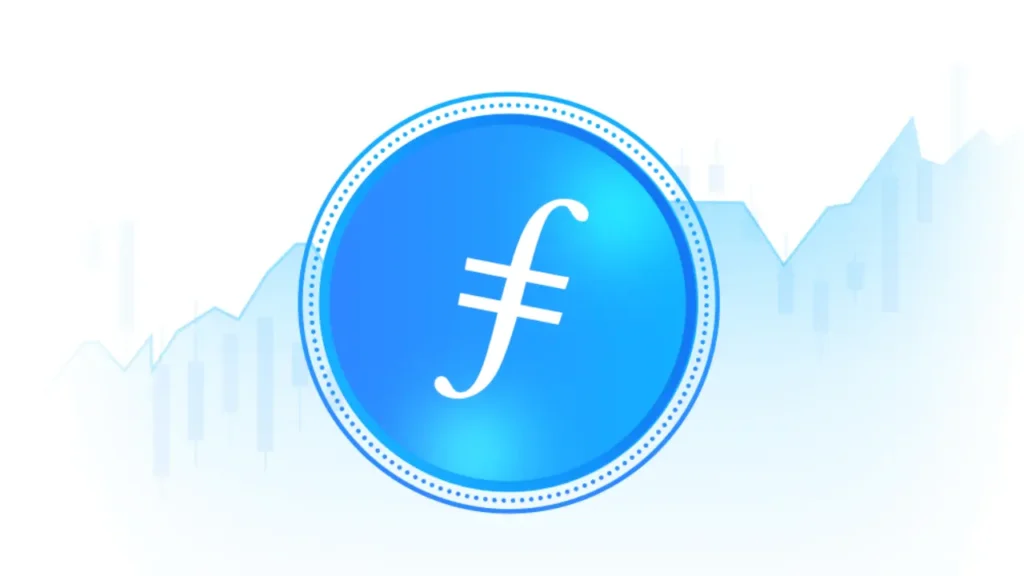In the rapidly evolving world of blockchain technology, Filecoin (FIL) stands out as a pioneer in decentralized storage, offering a secure, efficient alternative to traditional cloud storage giants like Google and Amazon. Launched by Protocol Labs in October 2020, Filecoin leverages the InterPlanetary File System (IPFS) to create a peer-to-peer network where users can store, retrieve, and monetize data. As we move through 2025, Filecoin’s innovative approach and recent developments make it a compelling player in the Web3 ecosystem. This article explores Filecoin’s technology, use cases, tokenomics, market performance, and its potential to disrupt the $76 billion cloud storage market.
What is Filecoin?
Filecoin is a decentralized storage network designed to “store humanity’s most important information.” Unlike centralized providers, Filecoin allows anyone to rent out unused hard drive space or store data on a global network of independent storage providers. Built on IPFS, a protocol for peer-to-peer data sharing, Filecoin uses blockchain technology to ensure data integrity through cryptographic proofs like proof-of-replication (PoRep) and proof-of-spacetime (PoSt). These mechanisms verify that data is stored correctly and remains accessible over time.
The network operates as a marketplace with three key players: clients, who pay to store or retrieve data; storage miners, who provide storage space and earn FIL tokens; and retrieval miners, who facilitate fast data access. This decentralized model enhances security, reduces reliance on centralized servers, and lowers costs by leveraging global storage capacity.
The Role of FIL Tokens
FIL, Filecoin’s native cryptocurrency, powers the network’s economy. Clients use FIL to pay for storage and retrieval services, while miners stake FIL as collateral to guarantee reliable service. FIL also supports governance, allowing token holders to vote on network upgrades. With a circulating supply of approximately 680 million tokens and a market cap of $1.52 billion as of June 2025, FIL ranks #51 in the crypto ecosystem.
Filecoin’s tokenomics incentivize honest participation. Storage miners earn rewards by storing more data, while the network’s proof mechanisms ensure data reliability. Recent updates, like the Filecoin NV25 “Teep” upgrade in April 2025, introduced simplified fees and faster transaction finality, making the network more accessible for developers and users.
Why Filecoin Matters in 2025
Filecoin’s decentralized approach addresses key pain points in traditional cloud storage, such as data breaches and high costs. By distributing data across a global network, Filecoin enhances security and resilience. Its integration with IPFS ensures files are content-addressable, meaning they’re identified by unique cryptographic hashes, making data retrieval efficient and tamper-proof.
In 2025, Filecoin is gaining traction in AI and Web3. Projects like Recall, Theoriq, and Ungate AI use Filecoin to store AI-generated proofs and models, ensuring transparency and verifiability. Partnerships with Solana and Avalanche enable archival storage for blockchain data, reducing costs while maintaining immutability. For example, Solana’s block history is now stored on Filecoin, accessible to dApps and researchers.
The Filecoin Foundation’s 2025 vision emphasizes seamless integration and product-market fit. Initiatives like the FIL Dev Summit in Toronto (May 2025) and the launch of “Portrait,” a decentralized website builder, highlight Filecoin’s focus on developer-friendly tools. The Proof of Data Possession (PDP) upgrade, rolled out in Q1 2025, enables “hot data” storage for faster retrieval, benefiting AI and enterprise applications.
Market Performance and Price Outlook
As of June 27, 2025, FIL trades at $2.25, down 0.35% in 24 hours, with a 24-hour trading volume of $131.3 million. Despite a bearish trend, with a 5.7% decline over the past week, Filecoin’s long-term outlook remains promising. Its all-time high of $237.24 in April 2021 reflects its potential, though it’s 98% below that peak.
Price predictions for 2025 vary. Optimistic forecasts suggest FIL could reach $6–$21.35, driven by partnerships and growing demand for decentralized storage. However, bearish analyses warn of a potential drop to $0.46 if market conditions worsen. Long-term projections for 2030 range from $4.06 to $146.87, depending on adoption and market sentiment.
Is Filecoin a Good Investment?
Filecoin’s focus on real-world utility—decentralized storage for AI, DeFi, and Web3—positions it as a strong contender in the crypto space. Strategic partnerships, like those with Aethir and SingularityNET, enhance its ecosystem, while upgrades like Filecoin Web Services (FWS) aim to create a sustainable revenue model.
However, FIL’s volatility and competition from projects like Storj and Arweave pose risks. Investors should research thoroughly and consider market fluctuations. FIL is available on exchanges like Binance, Coinbase, and HTX, and can be stored in wallets supporting IPFS.
Filecoin is redefining data storage with its decentralized, cost-effective, and secure network. As 2025 unfolds, its advancements in AI, DeFi, and Web3 integration signal a bright future. While price volatility remains a challenge, Filecoin’s robust technology and growing ecosystem make it a project to watch.
Disclaimer: Cryptocurrency investments are highly volatile. Always conduct independent research before investing.



